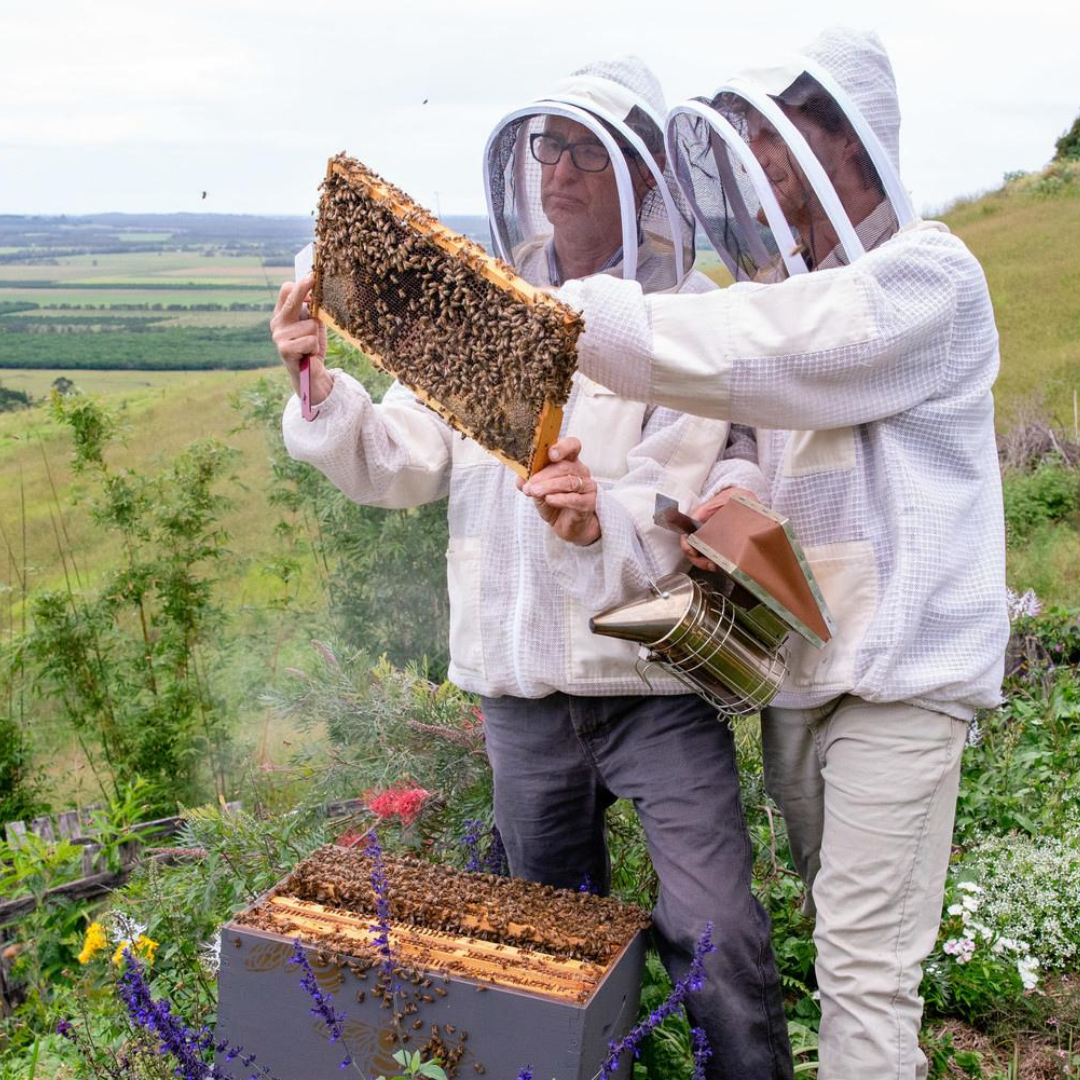Your Cart is Empty
How to keep bees hydrated
by Hilary Kearney 2 min read
In the height of summer, when temperatures are soaring, it's important to remember that bees (and all wildlife) need access to safe drinking water.
Honey bees need water but may drown while trying to collect it. Keep bees from drowning in your pool or pet's water bowl by providing a safe place for them to drink.
What water for insects?
Pond Water
If given a choice, bees will always choose to drink “dirty” water. They appear to favour water that has become murky with algae. So, grant them their wish and set up a bee pond. It doesn’t have to be a big, fancy pond – create a simple water garden with half wine barrels or a similar container.

You just need a barrel, mosquito fish and some floating plants (like water lettuce or water hyacinth). Sometimes these types of ponds do better with a small amount of water circulation, like a small solar fountain. Once a pond is established, it can be very low maintenance.
Clean decaying organic matter from the bottom of the pond so the water is not robbed of its oxygen.
Trickling Fountain

No matter what type of water source you provide, make sure the water current isn’t too strong. Bees like trickling water because there is less of a drowning risk. I often see them hovering or even landing on fountains that have a gentle trickling function. Or fountains that drain into a rock-filled grate.
Bird Bath with Rocks

A simple way to give bees water is just to fill your bird bath with stones. If you already have a bird bath, you can make it attractive to bees by adding these additional landing areas.
You may find that you need two bird baths! One for the bees and one for the birds, because bees can sometimes deter birds from using that same bath.
The downside to bird baths is that they need to be refilled often.
Bucket Systems
Some beekeepers simply use buckets. Add a sponge in a bucket for a simple landing pad or hang a rag halfway in so the bees can take water directly from the rag, or float corks in the water. Any non-toxic floatation device will work!
Make sure you refill your bucket and check it often for mosquito larvae.
Thanks to Beekeeping Like a Girl, Hillary Kearney for permission to republish her blog. Hilary Kearney is a full-time beekeeper in her hometown of San Diego, California. Her business Girl Next Door Honey educates hundreds of new beekeepers each year. She is the author of the Beekeeping Like A Girl blog and maintains popular Instagram, Facebook and Twitter accounts. When she’s not rescuing bees, teaching about bees, photographing bees or managing one of her 60 colonies, she’s sleeping and dreaming of bees.
Also in Beekeeping Basics

How to Conduct Brood Inspections
by Flow Admin 5 min read
Brood inspections are an incredibly important part of beekeeping – if not the most important part!


